Home>Home Maintenance>How To Design A Heat Recovery Ventilation System
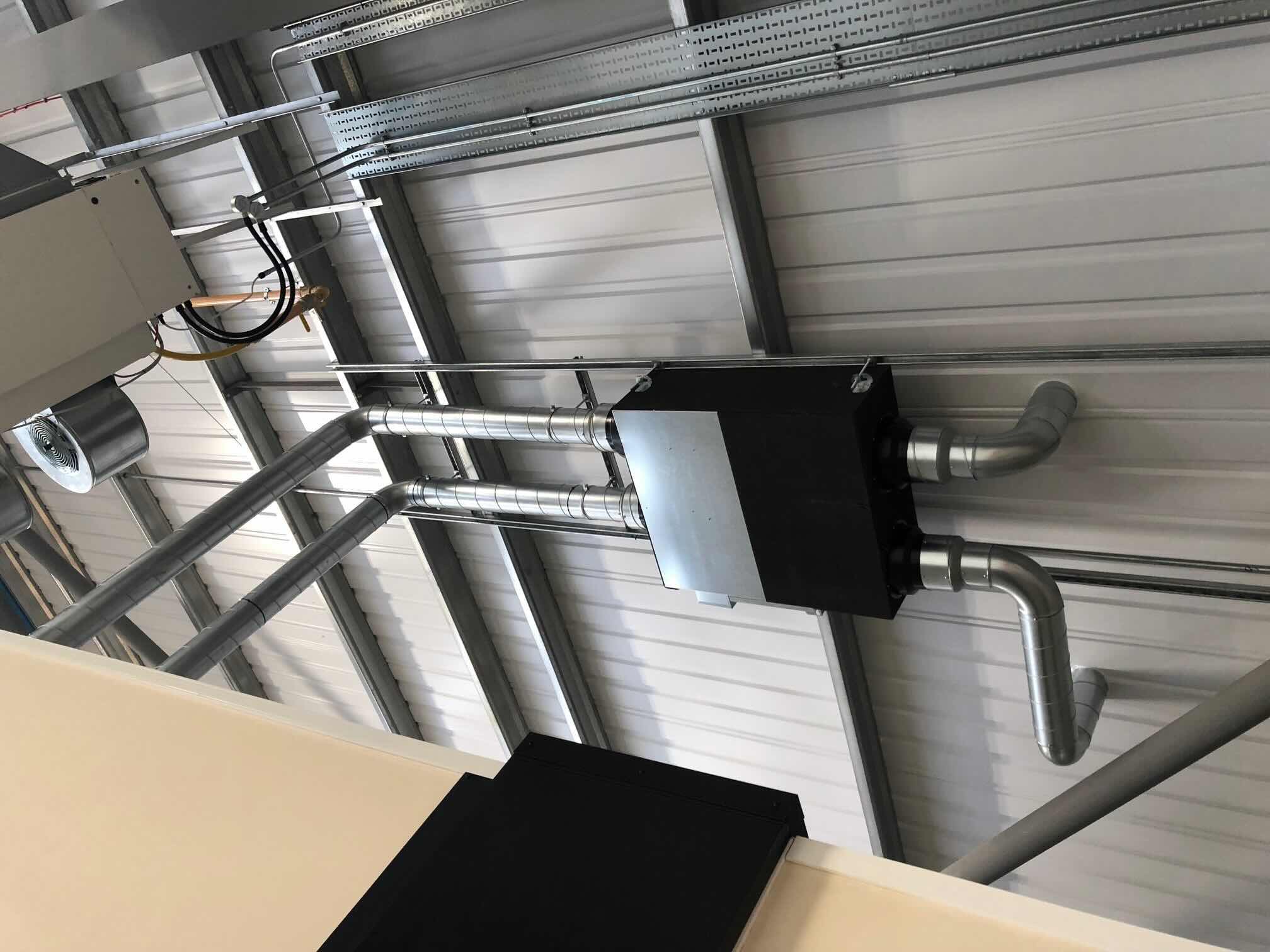

Home Maintenance
How To Design A Heat Recovery Ventilation System
Modified: March 6, 2024
Learn how to design a heat recovery ventilation system for efficient home maintenance. Discover tips and techniques to improve indoor air quality and energy efficiency.
(Many of the links in this article redirect to a specific reviewed product. Your purchase of these products through affiliate links helps to generate commission for Storables.com, at no extra cost. Learn more)
Introduction
A heat recovery ventilation system, also known as an HRV system, is a crucial component of a well-designed home. It plays a vital role in maintaining indoor air quality, reducing energy consumption, and providing a healthy and comfortable living environment. In this article, we will explore the benefits of heat recovery ventilation systems and discuss the key factors to consider when designing one for your home.
Indoor air pollution is a growing concern, especially in tightly sealed and energy-efficient homes. Without proper ventilation, harmful contaminants like dust, allergens, mold spores, and volatile organic compounds (VOCs) can accumulate, leading to poor indoor air quality and potential health issues. Heat recovery ventilation systems address this problem by continually exchanging stale indoor air with fresh outdoor air while recovering the heat from the exhaust air.
One of the main benefits of a heat recovery ventilation system is its ability to improve indoor air quality. By introducing filtered and fresh outdoor air into the living spaces while simultaneously removing stale air, contaminants and odors can be effectively eliminated. This is particularly important for individuals with respiratory issues or allergies, as the constant supply of clean air can significantly improve their quality of life.
Another advantage of integrating a heat recovery ventilation system into your home is its energy-saving potential. Traditional ventilation methods, such as opening windows, can result in significant heat loss during the winter and energy gain during the summer. HRV systems help to mitigate this by transferring the heat from the outgoing air to the incoming air, reducing the need for additional heating or cooling. This not only improves energy efficiency but also reduces utility costs and carbon footprint.
When designing a heat recovery ventilation system, several factors need to be considered. Firstly, the size of the system should be appropriately calculated based on the square footage of the home, the number of occupants, and the intended ventilation rate. Choosing the correct size ensures optimal performance and prevents issues related to over- or under-ventilation.
The selection of components is also essential. This includes choosing the right HRV unit, filters, and any additional accessories required for optimal system operation. It is crucial to select components that meet industry standards and are compatible with the specific needs of the home.
Additionally, the design of the ductwork plays a critical role in the effectiveness of the heat recovery ventilation system. Properly sized and insulated ducts ensure that the air is distributed evenly and efficiently throughout the home, avoiding pressure imbalances and minimizing energy loss.
Controls and automation are integral parts of a well-designed heat recovery ventilation system. Smart controls provide the ability to set ventilation schedules, adjust airflow rates, and monitor air quality. Integration with other smart home devices can further enhance the system’s functionality and convenience.
Installation and maintenance considerations should not be overlooked. Proper installation by experienced professionals guarantees the system’s performance and longevity. Regular maintenance, including filter replacement and cleaning, ensures the system continues to operate at optimal efficiency.
In the following sections, we will delve deeper into each of these factors and discuss best practices for designing a heat recovery ventilation system that meets the specific needs of your home. We will also examine some successful case studies to provide real-life examples of effective HRV system designs. By the end of this article, you will be equipped with the knowledge to create a well-designed and efficient heat recovery ventilation system for your home.
Key Takeaways:
- Installing a heat recovery ventilation (HRV) system in your home can improve indoor air quality, save energy, and create a more comfortable living environment. Proper design, component selection, and maintenance are crucial for its effectiveness.
- Smart controls and automation features allow homeowners to manage ventilation schedules, monitor air quality, and optimize energy efficiency. Successful case studies demonstrate the benefits of well-designed HRV systems in achieving healthier indoor environments.
Benefits of Heat Recovery Ventilation Systems
Heat recovery ventilation systems offer numerous benefits for homeowners. Let’s explore some of the key advantages:
- Improved Indoor Air Quality: One of the primary benefits of an HRV system is its ability to enhance indoor air quality. By continuously exchanging stale indoor air with fresh outdoor air, these systems help remove pollutants, allergens, and odors. The incoming air is filtered, ensuring that only clean air enters the living spaces. This is especially beneficial for individuals with respiratory conditions or allergies, as it helps create a healthier indoor environment.
- Energy Efficiency: Heat recovery ventilation systems are designed to minimize energy loss while providing fresh air. By recovering the heat from the outgoing air and transferring it to the incoming air, these systems reduce the need for additional heating or cooling. This not only saves energy and reduces utility costs but also contributes to a greener and more sustainable home.
- Comfortable Living Spaces: With a heat recovery ventilation system, your home can maintain a more consistent temperature and humidity level. By pre-heating or pre-cooling the incoming air, the system helps create a comfortable living environment year-round. It eliminates drafts and prevents excess moisture buildup, which can lead to condensation and mold growth.
- No Need for Open Windows: Traditional ventilation methods often involve opening windows to let in fresh air. However, this can lead to heat loss in the winter and heat gain in the summer, resulting in energy inefficiency. HRV systems eliminate the need for open windows while still providing fresh air, ensuring both comfort and energy savings.
- Noise Reduction: Heat recovery ventilation systems often include insulated ductwork and sound-absorbing materials, which help reduce noise transmission from outside to inside the home. This feature is particularly beneficial for homes located in noisy areas or near busy roads.
- Prevents Condensation and Moisture-Related Issues: Proper ventilation is crucial in preventing condensation and moisture-related issues within a home. Excess moisture can lead to problems such as mold growth, rot, and damage to building materials. HRV systems help maintain proper humidity levels by removing excess moisture from the air, reducing the risk of these issues occurring.
- Controlled Ventilation: Heat recovery ventilation systems provide homeowners with greater control over their indoor air quality. With adjustable airflow rates and smart controls, you can tailor the ventilation settings to meet your specific needs and preferences. This level of control allows you to balance energy efficiency with adequate fresh air supply.
- Increased Property Value: Installing a heat recovery ventilation system can enhance your home’s value and marketability. As energy efficiency and indoor air quality become increasingly important factors for homebuyers, having a well-designed and efficient HRV system in place can make your property more desirable.
Overall, heat recovery ventilation systems offer a wide range of benefits, including improved indoor air quality, energy efficiency, comfort, noise reduction, and moisture control. These systems contribute to a healthier and more sustainable home while enhancing the overall quality of life for occupants.
Factors to Consider for Designing a Heat Recovery Ventilation System
Designing a heat recovery ventilation (HRV) system requires careful consideration of several factors to ensure optimal performance and efficiency. Let’s explore the key factors you need to take into account:
- Building Size and Layout: The size and layout of your home determine the ventilation requirements. Factors such as floor area, number of rooms, and ceiling height will dictate the capacity of the HRV system needed. Larger homes may require multiple units or a centralized system with ductwork to ensure adequate ventilation throughout the entire space.
- Ventilation Rate: Determining the appropriate ventilation rate is crucial to provide sufficient fresh air and maintain good indoor air quality. Factors such as the number of occupants, occupancy patterns, and activities in the home should be considered. Industry standards and guidelines can be used as a reference to calculate the required ventilation rate.
- Climate Considerations: Climate plays a significant role in HRV system design. In colder climates, the emphasis may be on heat recovery, while in warmer climates, cooling might be a priority. The local climate conditions will impact the system’s design parameters, including the heat recovery efficiency, balance between fresh air supply and temperature control, and the addition of additional cooling equipment if necessary.
- Filtration: Choosing the right filters for your HRV system is essential for maintaining good indoor air quality. Filters help capture dust, pollen, allergens, and other airborne particles, ensuring that the fresh air entering your home is clean. Different filters have varying levels of efficiency, so it’s important to select filters that meet your specific needs and preferences.
- Noise Considerations: HRV systems typically include fans and motors, which generate noise during operation. Consider the noise levels produced by the system and choose units with noise-reducing features, such as sound-insulated housing or variable fan speeds, to minimize disturbance in living spaces.
- Ductwork Design: The design of the ductwork is critical for efficient and effective air distribution. Proper sizing, layout, and insulation of the ducts ensure balanced airflow and minimal energy loss. It is crucial to work with HVAC professionals to design and install ductwork to optimize the performance of the HRV system.
- Controls and Automation: Integrating smart controls and automation into your HRV system allows for greater flexibility and convenience. With these features, you can set ventilation schedules, adjust airflow rates based on occupancy, and monitor air quality. Smart controls also enable integration with other home automation systems, providing seamless control of your HVAC system.
- Maintenance Considerations: Regular maintenance is essential to ensure the long-term performance and efficiency of your HRV system. This includes regular cleaning or replacement of filters, checking and cleaning the heat exchanger, and inspecting the ductwork for any leaks or obstructions. Consulting the manufacturer’s recommendations and scheduling professional maintenance will help keep your system running smoothly.
By considering these factors and working closely with HVAC professionals, you can design a heat recovery ventilation system that matches the specific requirements of your home. A well-designed and properly installed HRV system will provide you with improved indoor air quality, energy efficiency, and a comfortable living environment.
Sizing and Calculations for Heat Recovery Ventilation System Design
Proper sizing and calculations are crucial in designing a heat recovery ventilation (HRV) system that meets the specific ventilation requirements of your home. Here are the key factors to consider:
- Airflow Requirements: Determine the required airflow rate based on the size and occupancy of your home. The recommended airflow rate is typically expressed in liters per second (L/s) or cubic feet per minute (CFM) per room or per occupant. It is important to refer to local building codes, standards, and guidelines to ensure compliance with ventilation requirements.
- Calculate Ventilation Rate: The ventilation rate is the amount of fresh air needed to maintain good indoor air quality. It is calculated based on the occupancy and usage of the space. The standard formula to calculate ventilation rate is Ventilation Rate = Number of Occupants x Air Changes Per Hour (ACH) x Room Volume. ACH refers to the number of times the air in a room is replaced per hour.
- Calculate HRV System Capacity: Once the ventilation rate is determined, you need to select an HRV system with the capacity to meet the calculated airflow requirements. Consider factors such as the recovery efficiency of the HRV system and account for any specific requirements based on the local climate conditions.
- Sizing Heat Exchanger: The heat exchanger is a vital component of an HRV system, as it recovers heat from the outgoing air and transfers it to the incoming air. Proper sizing requires considering the heat recovery efficiency of the unit and the temperature difference between the indoor and outdoor air. Ideally, choose an HRV system with a high heat recovery efficiency, as this will maximize energy savings.
- Duct Sizing: The ductwork must be appropriately sized to ensure proper airflow distribution. This involves calculating the equivalent length of the ductwork and selecting the appropriate duct diameter to minimize pressure losses. It is also important to consider the impact of bends, fittings, and dampers on airflow and make appropriate adjustments.
- Pressure Drop Calculations: Pressure drop refers to the resistance encountered by air as it moves through the ductwork. It is essential to calculate the pressure drop to ensure that the HRV system can overcome the resistance and maintain the desired airflow rates. Factors such as the length, diameter, insulation, and fittings of the ductwork all contribute to pressure drop.
- Air Balancing: To ensure that the HRV system effectively supplies fresh air to all living spaces, air balancing is necessary. This involves adjusting the airflow in each room or zone by appropriately adjusting dampers or registers. Proper air balancing helps maintain consistent indoor air quality throughout the home.
- Considerations for Multiple Units: In larger homes or homes with multiple zones, it may be necessary to install multiple HRV units. Proper coordination and synchronization between the units are crucial to ensure effective ventilation and energy efficiency. Consider the interconnection and control mechanisms between the units to ensure optimal performance.
These calculations should be performed by experienced HVAC professionals who can analyze the specific requirements of your home and select the appropriate HRV system. Proper sizing and calculations will ensure that your HRV system provides adequate ventilation, energy efficiency, and a comfortable living environment.
Selection of Components for Heat Recovery Ventilation System Design
Selecting the right components is crucial for designing an efficient and effective heat recovery ventilation (HRV) system. Each component plays a vital role in ensuring optimal performance and air quality. Here are the key components to consider:
- HRV Unit: The HRV unit is the heart of the ventilation system. Choose a unit with a high-efficiency heat exchanger to maximize heat recovery. Consider the ventilation capacity, energy efficiency, noise levels, and maintenance requirements of the unit. Look for units that meet industry standards and have proven reliability.
- Filters: Filters are essential for maintaining good indoor air quality by removing dust, pollen, allergens, and other airborne particles. Choose high-quality filters that are compatible with your HRV unit. There are different types of filters available, such as standard particle filters, activated carbon filters for odor control, and HEPA filters for capturing smaller particles. Consider the filter’s efficiency, lifespan, and replacement frequency for optimal performance.
- Ductwork: The design and quality of the ductwork are critical for efficient airflow distribution. Choose ducts made from durable and airtight materials to minimize leakage and pressure loss. Insulate the ducts properly to prevent heat loss or gain and reduce condensation. Ensure that the ductwork is properly sized and balanced to achieve consistent airflow throughout the home.
- Control System: A good control system allows for precise and convenient management of the HRV system. Look for control panels or smart home integration capabilities that allow you to adjust ventilation settings, monitor air quality, and set schedules. Integration with other smart devices, such as thermostats or home automation systems, can enhance the overall control and energy efficiency of the system.
- Sound Insulation: The noise generated by HRV systems can be a concern, especially if the unit is located near living spaces or bedrooms. Look for HRV units that include sound-insulated housing or have low noise emission ratings. Consider noise-reducing design features, such as insulated fans or vibration dampers, to minimize noise transmission into the living areas.
- Air Distribution Grilles: Grilles or diffusers are responsible for distributing the fresh air from the HRV system into the living spaces. Choose grilles that provide even airflow distribution and can be easily adjusted to control air direction and velocity. Consider the aesthetics, airflow patterns, and noise restrictions when selecting grilles.
- Balancing Dampers: Balancing dampers help regulate and balance the airflow in different areas of the home. These dampers can be adjusted to achieve proper air distribution and pressure balancing. Opt for dampers that are easy to access, operate smoothly, and allow for fine adjustments to achieve the desired airflow in each room.
- Sensors and Monitoring Devices: Sensors and monitoring devices can provide valuable information about air quality, temperature, humidity, and system performance. Consider adding sensors or monitors to your HRV system to enable real-time monitoring and alerts. This data can help optimize system operation and identify any potential issues promptly.
When selecting components for your HRV system, it is crucial to consult with HVAC professionals who can assess your specific needs and recommend suitable options. Consider factors such as efficiency, compatibility, durability, and performance when choosing components. By selecting the right components, you can ensure that your HRV system operates efficiently and effectively, providing you with improved indoor air quality and energy savings for years to come.
Ductwork Design for Heat Recovery Ventilation Systems
The design and layout of ductwork are critical for the efficient operation of a heat recovery ventilation (HRV) system. Properly designed ductwork ensures the even distribution of fresh air throughout the home while minimizing pressure loss and maximizing energy efficiency. Here are the key considerations for ductwork design:
- Duct Sizing: Proper duct sizing is crucial to ensure balanced airflow and minimize pressure losses. Ducts that are too small can restrict airflow, leading to reduced ventilation rates and increased system strain. Conversely, oversized ducts may result in different airflow velocities, imbalances, and excess noise. Calculations based on airflow rate, duct length, and friction losses are needed to determine the appropriate duct size for each branch or room.
- Layout and Routing: The layout and routing of ductwork should be carefully planned to optimize airflow and minimize system restrictions. Consider the distances between the HRV unit and various supply and return points. Shorter and more direct duct runs are generally preferred to minimize pressure losses and maximize system efficiency. Avoid sharp turns and excessive bending, as they can increase resistance and airflow turbulence.
- Duct Insulation: Proper insulation of ductwork is essential to prevent heat loss or gain and to minimize condensation. Insulated ducts ensure that the ventilation air remains at the desired temperature while minimizing energy wastage. Insulation should be installed on all supply and return ducts, especially when they run through unconditioned spaces like attics or crawl spaces.
- Airtightness: Ducts should be properly sealed and airtight to prevent air leaks. Any leaks in the ductwork can result in reduced airflow, pressure imbalances, and loss of conditioned air. Sealing joints, connections, and transitions using appropriate sealing materials, such as foil tape or mastic, helps maintain the system’s efficiency and performance. Regularly inspect the ductwork for any signs of leaks and address them promptly.
- Balancing Dampers: Balancing dampers are used to regulate airflow in different branches or rooms. These dampers allow for the adjustment of airflow rates to achieve the desired ventilation rates in each area. Properly placed balancing dampers help ensure balanced air distribution and maintain the desired pressure within the system.
- System Zoning: Zoning the ductwork allows for better control of airflow distribution and temperature in different areas of the home. This is particularly useful for multi-story homes or spaces with varying ventilation needs. By dividing the ductwork into zones controlled by individual dampers, you can customize airflow rates and tailor ventilation to specific areas or occupancies.
- Access for Maintenance: Ductwork should allow for easy access for maintenance and cleaning. Filters, heat exchangers, and dampers should be easily reachable and serviceable to ensure the system’s long-term efficiency and performance. Strategic placement of access panels or service doors within the ductwork can facilitate maintenance activities.
Proper ductwork design requires expertise and an understanding of airflow dynamics. It is recommended to consult with HVAC professionals to ensure that the ductwork is designed to meet the specific needs of your home and HRV system. A well-designed ductwork system will promote efficient and balanced airflow, minimize energy losses, and contribute to the overall effectiveness of your HRV system.
Controls and Automation for Heat Recovery Ventilation System Design
Controls and automation play a crucial role in optimizing the operation and efficiency of a heat recovery ventilation (HRV) system. By integrating smart controls and automation features, homeowners can easily manage ventilation schedules, monitor air quality, and adjust system settings to meet their specific needs. Here are the key considerations for controls and automation in HRV system design:
- Ventilation Schedules: Implementing ventilation schedules allows you to automate the operation of the HRV system based on occupancy patterns or specific time periods. By setting predefined schedules, the system will automatically ensure adequate ventilation during peak times, such as mornings or evenings when occupants are most active. This helps optimize energy efficiency by avoiding unnecessary ventilation during unoccupied periods.
- Air Quality Monitoring and Control: Integrating air quality sensors into the HRV system enables real-time monitoring of indoor air quality. These sensors can detect factors such as particulate matter, volatile organic compounds (VOCs), carbon dioxide levels, and humidity. With this information, the system can automatically adjust ventilation rates based on air quality, ensuring optimal indoor air quality while minimizing energy consumption.
- Occupancy Sensors: Occupancy sensors detect human presence in specific areas of the home. By integrating occupancy sensors with the HRV system, ventilation rates can be adjusted based on occupancy levels. This helps optimize energy efficiency by increasing ventilation only when needed, such as in commonly used rooms or during periods of high occupancy.
- CO2 Demand Control: Carbon dioxide (CO2) demand control is a feature that automatically adjusts ventilation rates based on the level of carbon dioxide in the indoor air. High CO2 levels indicate inadequate ventilation, and by increasing the airflow, fresh air is introduced to maintain a healthy indoor environment. CO2 demand control helps ensure adequate ventilation while minimizing energy waste.
- Humidity Control: Humidity sensors can be integrated into the HRV system to monitor and control indoor humidity levels. Excessive humidity can lead to mold growth and other moisture-related issues, while low humidity can cause discomfort. By automatically adjusting ventilation rates based on humidity levels, the system helps maintain the ideal humidity range, promoting a comfortable and healthy indoor environment.
- Integration with Smart Home Systems: Integrating the HRV system with a smart home automation system offers even greater control and convenience. You can create custom automation routines that link the HRV system’s operation with other smart devices, such as thermostats or occupancy sensors. For example, the HRV system can automatically adjust ventilation rates based on temperature, occupancy, or specific user preferences defined in the smart home ecosystem.
- Remote Monitoring and Control: Many HRV systems offer remote monitoring and control capabilities through dedicated mobile apps or online platforms. These allow homeowners to adjust ventilation settings, monitor air quality, and receive notifications or alerts remotely. Remote control provides convenience and flexibility, enabling you to manage the system even when you’re away from home.
- User-Friendly Interface: The control interface should be user-friendly and intuitive, allowing for easy adjustment of ventilation settings and access to system information. Clear and informative displays, touchscreens, or mobile app interfaces make it easier for homeowners to understand and control their HRV system effectively.
Controls and automation provide homeowners with greater flexibility, convenience, and energy efficiency in managing their HRV system. When designing your HRV system, consider incorporating these features to tailor ventilation rates, adapt to changing conditions, and ensure optimal indoor air quality and energy savings.
When designing a heat recovery ventilation system, make sure to properly size the unit to match the airflow requirements of the building. This will ensure efficient operation and optimal energy savings.
Installation and Maintenance Considerations for Heat Recovery Ventilation Systems
Proper installation and regular maintenance are crucial for ensuring the long-term performance and efficiency of a heat recovery ventilation (HRV) system. Here are some important considerations to keep in mind:
- Professional Installation: HRV systems should be installed by experienced HVAC professionals who are knowledgeable about the specific requirements of the system. Improper installation can lead to issues such as incorrect ductwork sizing, inadequate airflow, or compromised system performance. Professional installation ensures that the system operates efficiently and safely.
- Adequate Space and Location: Select an appropriate location for the HRV unit, considering factors such as space availability, accessibility for maintenance, and noise considerations. Adequate clearance should be provided around the unit to ensure proper airflow and accessibility for filter changes and maintenance. Consult the manufacturer’s guidelines to determine the recommended installation requirements.
- Ductwork Consistency: Properly designed and installed ductwork is essential for efficient airflow distribution. Ensure that the ducts are sealed tightly and properly insulated to minimize air leakage and heat loss. Any leaks or gaps in the ductwork should be addressed promptly to maintain system performance.
- Filter Maintenance: Regular maintenance of filters is crucial for maintaining good indoor air quality and system efficiency. Follow the manufacturer’s recommendations for filter replacement or cleaning intervals. Monitor the condition of filters and replace them when they become clogged or dirty. Properly cleaned or replaced filters ensure optimal airflow and prevent dust buildup in the system.
- Heat Exchanger Maintenance: The heat exchanger is a critical component of an HRV system. It should be inspected and cleaned periodically to remove any dust, debris, or mold growth that may have accumulated. Refer to the manufacturer’s guidelines for cleaning procedures and intervals. Regular maintenance of the heat exchanger ensures efficient heat transfer and prevents airflow blockage.
- Inspect and Clean Ductwork: Regularly inspect the ductwork for any signs of leakage, damage, or obstructions. Clean the ducts if necessary to remove dust, debris, or other accumulations that may impact airflow. Professional duct cleaning services can help remove stubborn contaminants and improve system efficiency.
- Check and Calibrate Controls: Test and calibrate the HRV system controls periodically to ensure that they are functioning properly. Verify the accuracy of sensors, such as humidity or CO2 sensors, and adjust settings if needed. This helps maintain accurate operation and ensures optimal ventilation performance.
- Monitor System Performance: Keep track of system performance through regular monitoring. Pay attention to any changes in airflow, noise levels, or energy consumption that may indicate a potential issue. Monitor air quality levels and address any concerns promptly to maintain a healthy indoor environment.
- Scheduled Professional Maintenance: Consider scheduling professional preventative maintenance at least once a year. HVAC professionals can thoroughly inspect the HRV system, clean components, check electrical connections, and perform any necessary adjustments or repairs. Professional maintenance helps identify and address potential issues before they escalate, ensuring the system operates efficiently and effectively.
By following proper installation practices and implementing regular maintenance routines, you can maximize the lifespan and performance of your HRV system. These measures help ensure optimal indoor air quality, energy efficiency, and a healthy living environment for years to come.
Case Studies: Successful Heat Recovery Ventilation System Designs
Examining real-life examples of successful heat recovery ventilation (HRV) system designs can provide valuable insights into their effectiveness and benefits. Here are two case studies showcasing the successful implementation of HRV systems:
Read more: What Is A Heat Pump In HVAC
Case Study 1: Eco-Friendly Residence
In this case study, a newly built eco-friendly residence incorporated an HRV system to achieve optimal indoor air quality and energy efficiency. The design team carefully assessed the ventilation requirements based on the home’s size and occupancy. They installed a high-efficiency HRV unit with a heat recovery rate of 90% to minimize heat loss during the winter months.
The ductwork design focused on delivering fresh air to the most frequently occupied areas, such as the living room and bedrooms, while ensuring balanced airflow throughout the home. Energy-efficient motors were used to reduce power consumption and noise levels. The ducts were properly insulated to prevent heat loss and condensation.
The HRV system was integrated with smart controls and automation features. Occupancy sensors were strategically placed in commonly used rooms to adjust ventilation rates based on occupancy levels. The controls were connected to the home automation system, allowing homeowners to conveniently manage the HRV system through a mobile app.
This successful HRV system design achieved excellent indoor air quality while significantly reducing energy consumption. The integration of smart controls ensured that ventilation rates matched the occupancy patterns, maximizing comfort and energy efficiency.
Case Study 2: Commercial Building Retrofit
In this case study, a commercial building underwent an HVAC retrofit, including the installation of an HRV system to address ventilation and energy efficiency concerns. The building had numerous individual offices and shared spaces, resulting in varying ventilation requirements.
The HVAC engineers assessed the building’s occupancy patterns and calculated the required ventilation rates for each area. Multiple HRV units with zoning capabilities were installed to provide customized ventilation for each zone. Balancing dampers were strategically placed to regulate and balance airflow throughout the building. The ductwork was carefully sized to minimize pressure losses and ensure balanced delivery of fresh air to each zone.
The HRV system was equipped with CO2 demand control to adjust ventilation rates based on carbon dioxide levels in each zone. This feature ensured occupant comfort while optimizing energy efficiency. The HRV units were interconnected and controlled by a central management system, allowing for easy monitoring and adjustment of ventilation settings.
This retrofit project successfully resolved ventilation issues by implementing an HRV system tailored to the building’s needs. The zoning capabilities and demand control features ensured reliable ventilation while minimizing energy waste. The building occupants experienced improved indoor air quality, leading to a healthier and more comfortable work environment.
These case studies demonstrate how careful consideration of HRV system design, including proper sizing, ductwork planning, and integration of smart controls, can result in successful implementation. By prioritizing ventilation needs, energy efficiency, and occupant comfort, these designs achieved optimal indoor environments in residential and commercial settings.
Wrap Up
These case studies highlight the effectiveness of well-designed HRV systems in achieving excellent indoor air quality, energy savings, and occupant comfort. When considering an HRV system for your home or building, consult with HVAC professionals to assess your specific needs and customize the design accordingly. By employing successful HRV system designs, you can create a healthier and more sustainable indoor environment.
Conclusion
A well-designed and properly implemented heat recovery ventilation (HRV) system is a valuable addition to any home or building. HRV systems provide numerous benefits, including improved indoor air quality, energy efficiency, and occupant comfort. By continuously exchanging stale indoor air with fresh outdoor air while recovering heat, these systems help maintain a healthy and comfortable living environment while minimizing energy consumption.
When designing an HRV system, it is crucial to consider various factors such as size and layout, ventilation rates, climate conditions, and component selection. Proper sizing and calculations ensure that the system meets the required airflow rates while maximizing energy efficiency. Selecting the right components, such as HRV units, filters, ductwork, and controls, is essential for optimal performance and system longevity.
Ductwork design plays a crucial role in achieving balanced airflow distribution and minimizing energy losses. Adequate insulation, proper sizing, and careful layout are key considerations. Integration of controls and automation features enables convenient management of the HRV system, allowing for ventilation schedules, air quality monitoring, and improved energy efficiency.
Installation and regular maintenance are vital for ensuring the optimal operation of an HRV system. Professional installation guarantees proper airflow and system performance, while regular maintenance, including filter replacement, heat exchanger cleaning, and ductwork inspection, keeps the system running efficiently and maintains good indoor air quality.
Examining successful case studies demonstrates the effectiveness of well-designed HRV systems in achieving optimal indoor environments. Whether in eco-friendly residences or commercial building retrofits, an HRV system tailored to the specific needs of each space ensures improved indoor air quality, energy savings, and occupant comfort.
In conclusion, integrating a heat recovery ventilation system into your home or building is a worthwhile investment. By considering the design factors, selecting the right components, and implementing controls and automation, you can create a healthier and more sustainable indoor environment. Consult with HVAC professionals to create a custom-designed HRV system that meets your specific ventilation needs, enhances energy efficiency, and improves the overall comfort of your living or working spaces.
Frequently Asked Questions about How To Design A Heat Recovery Ventilation System
Was this page helpful?
At Storables.com, we guarantee accurate and reliable information. Our content, validated by Expert Board Contributors, is crafted following stringent Editorial Policies. We're committed to providing you with well-researched, expert-backed insights for all your informational needs.
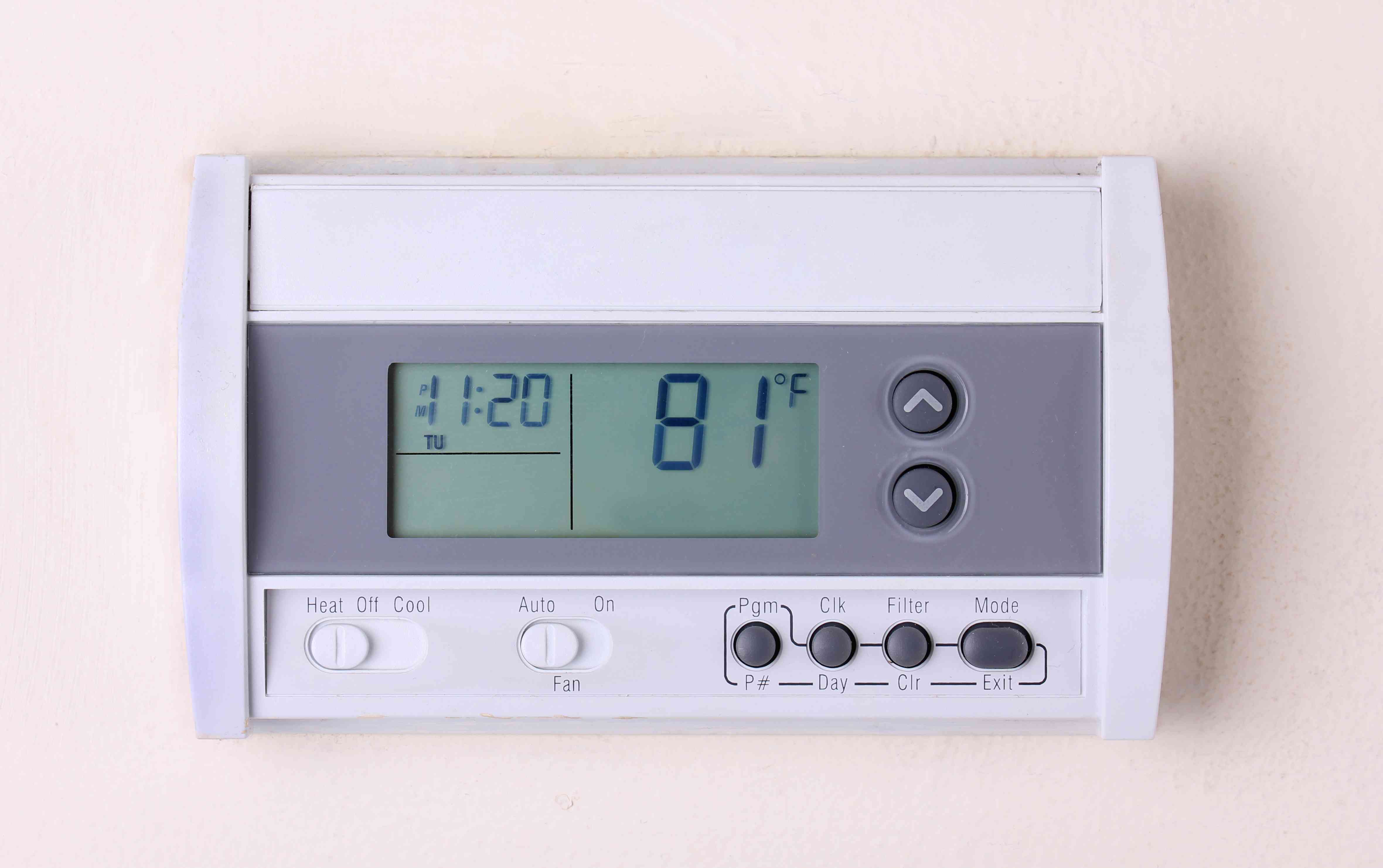
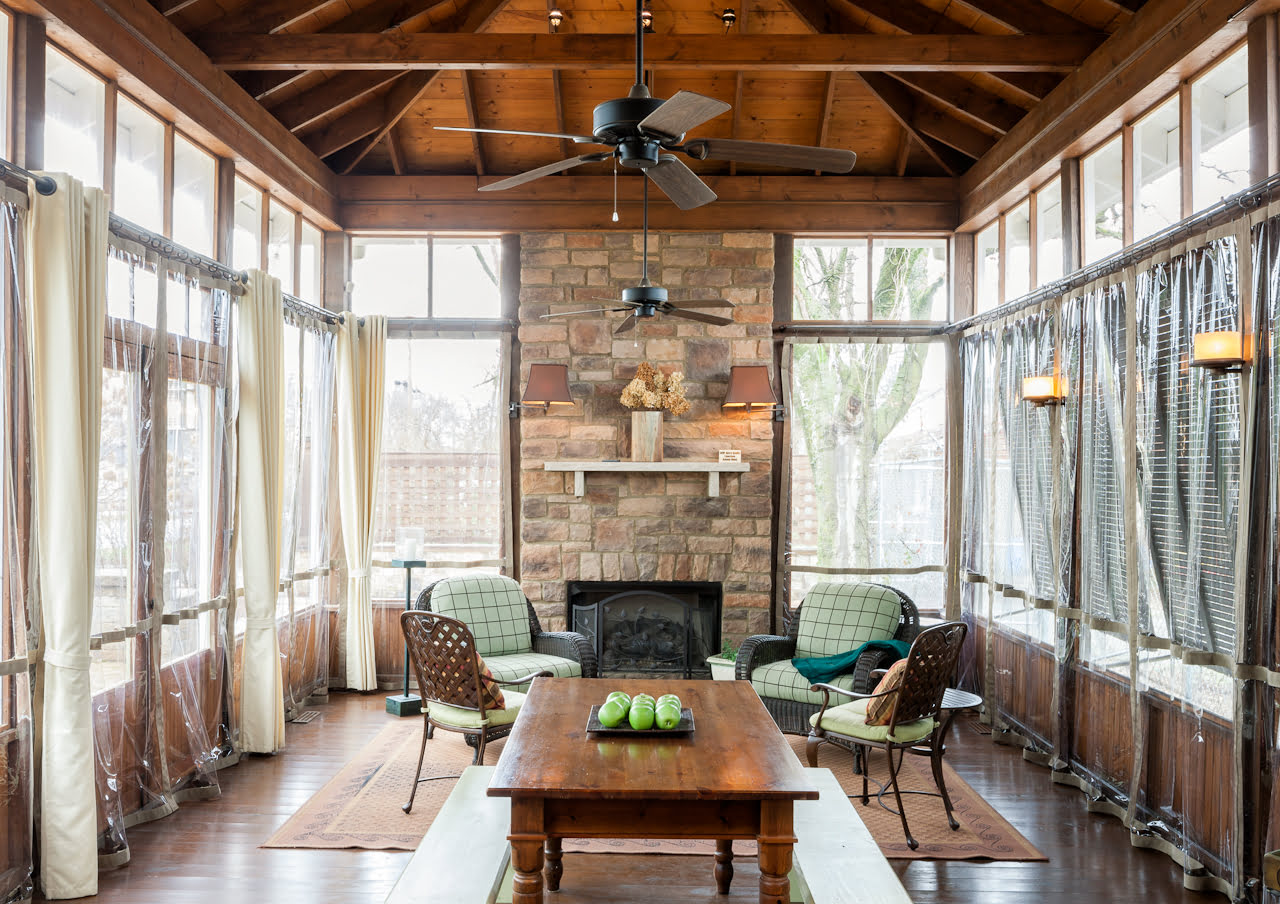
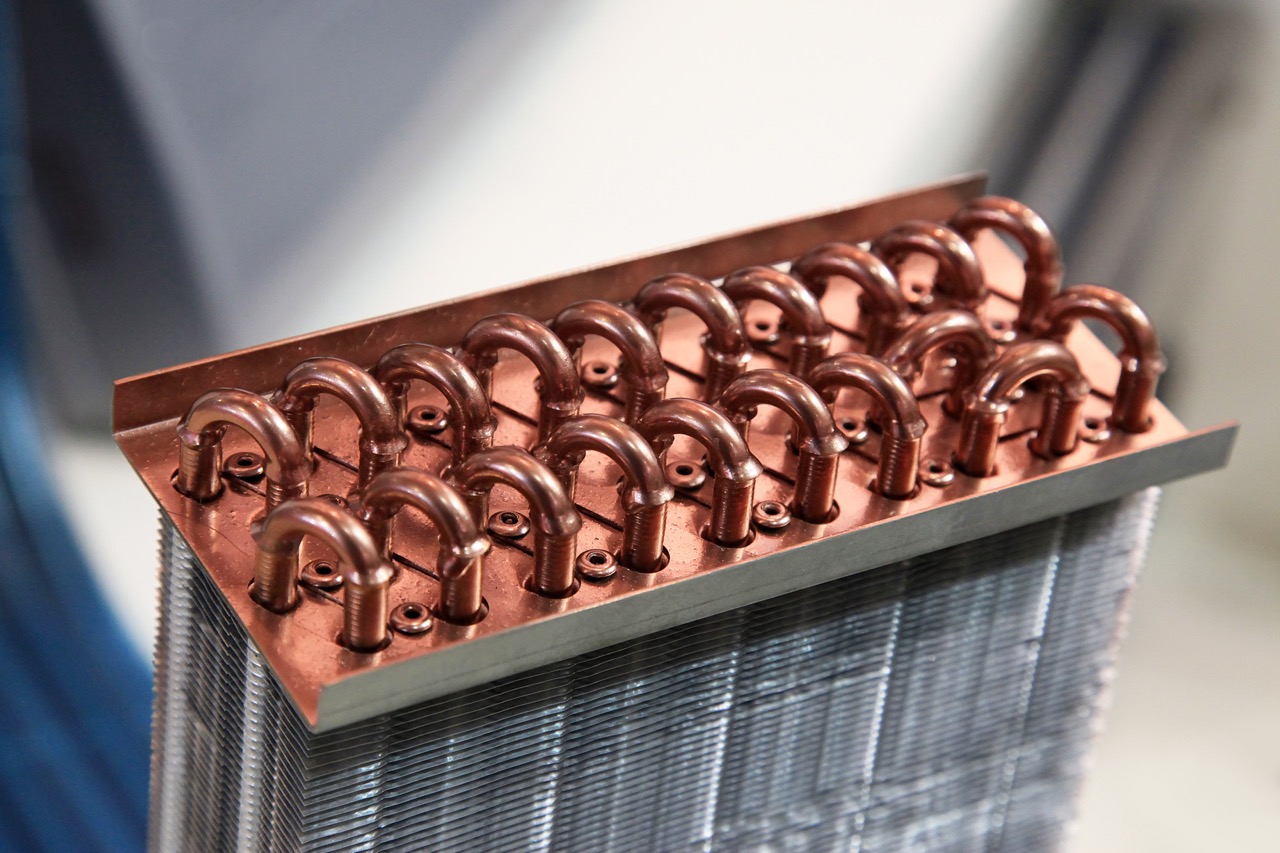
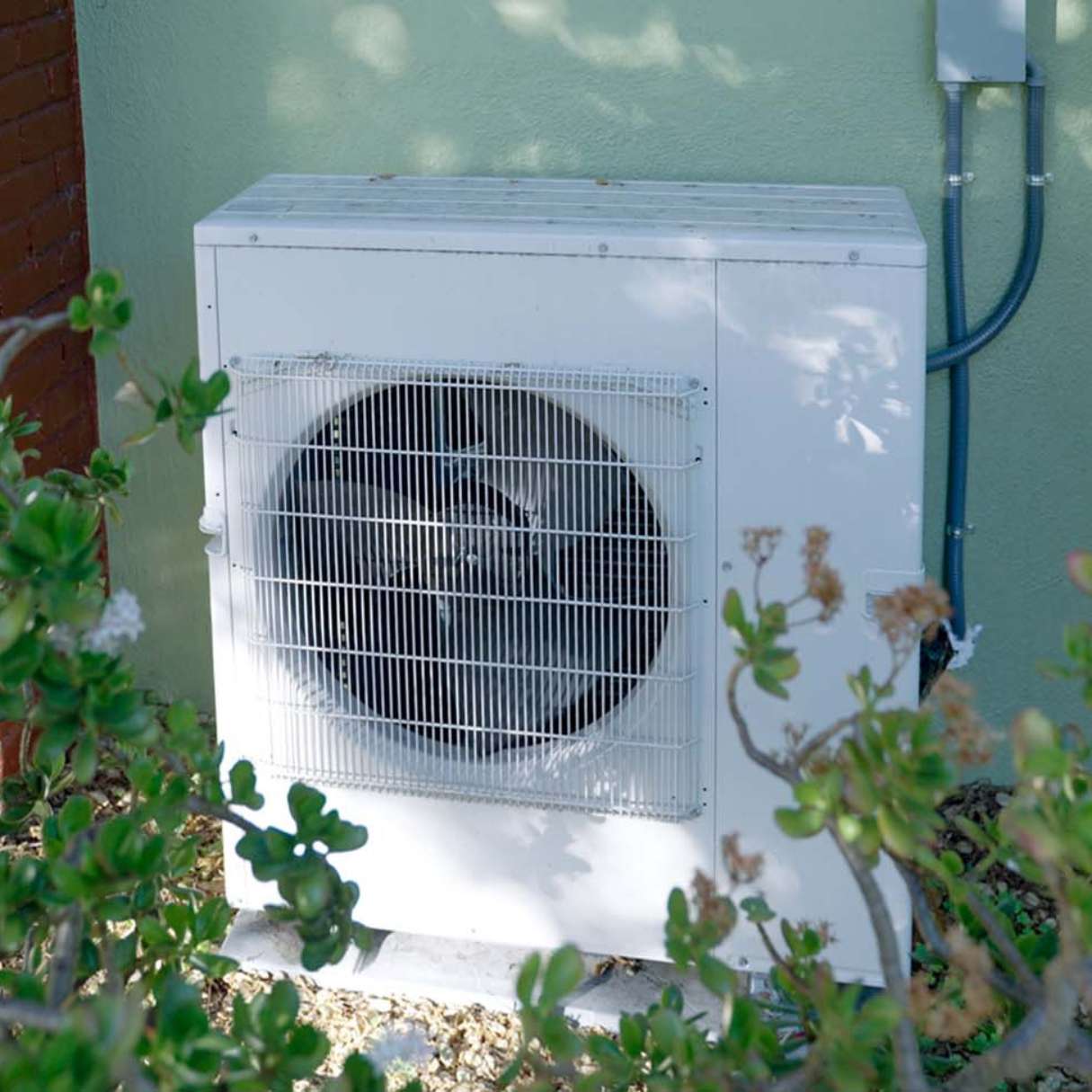
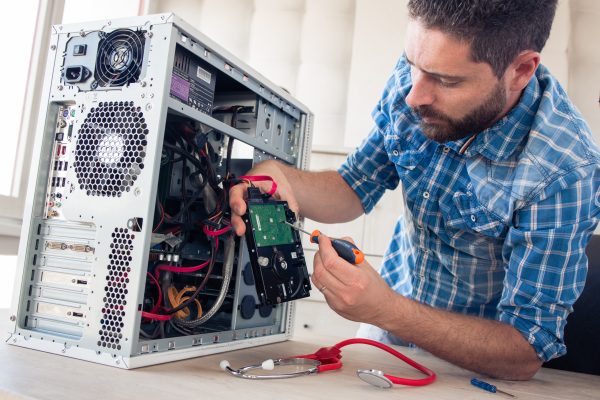

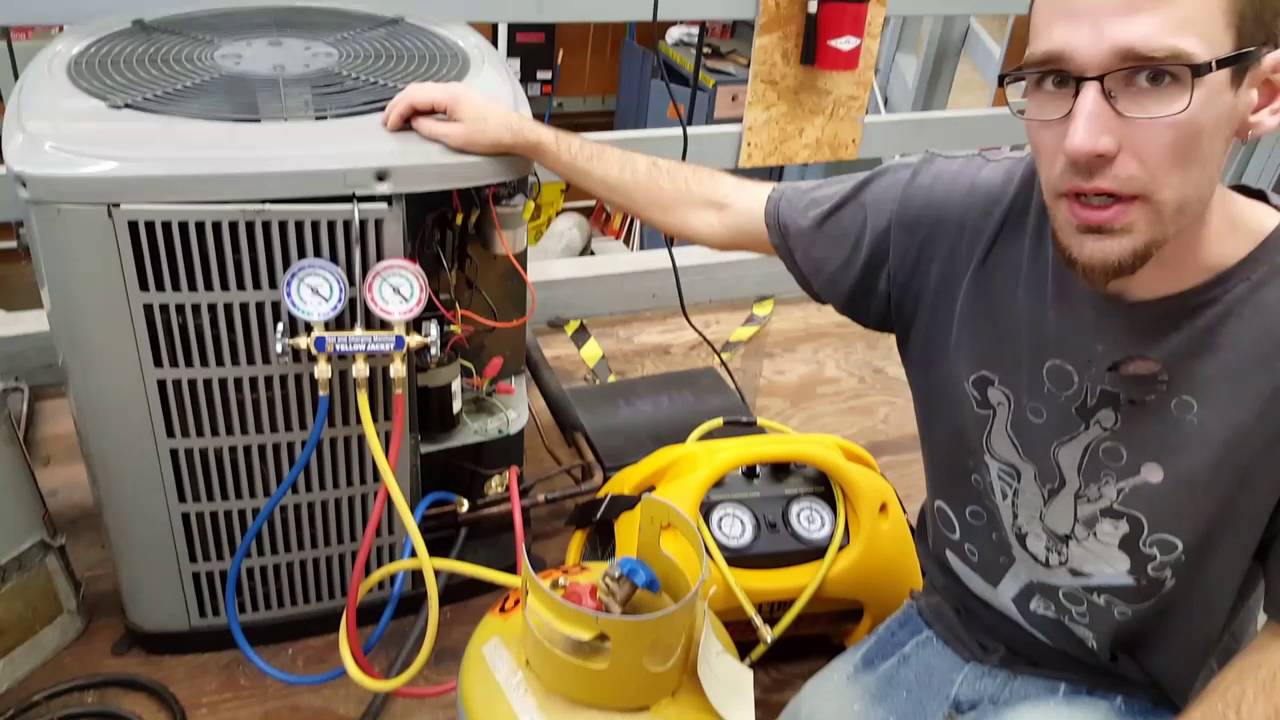
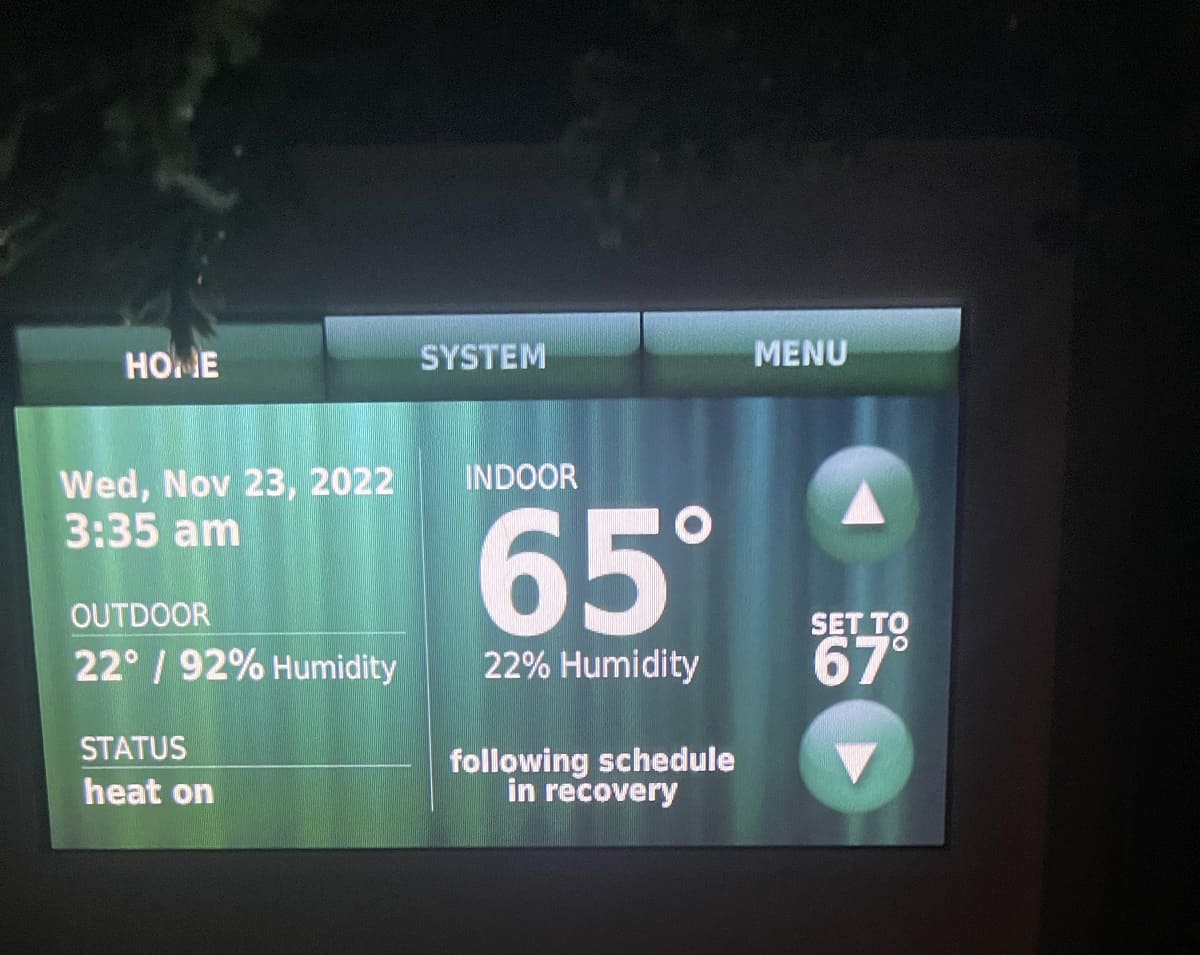
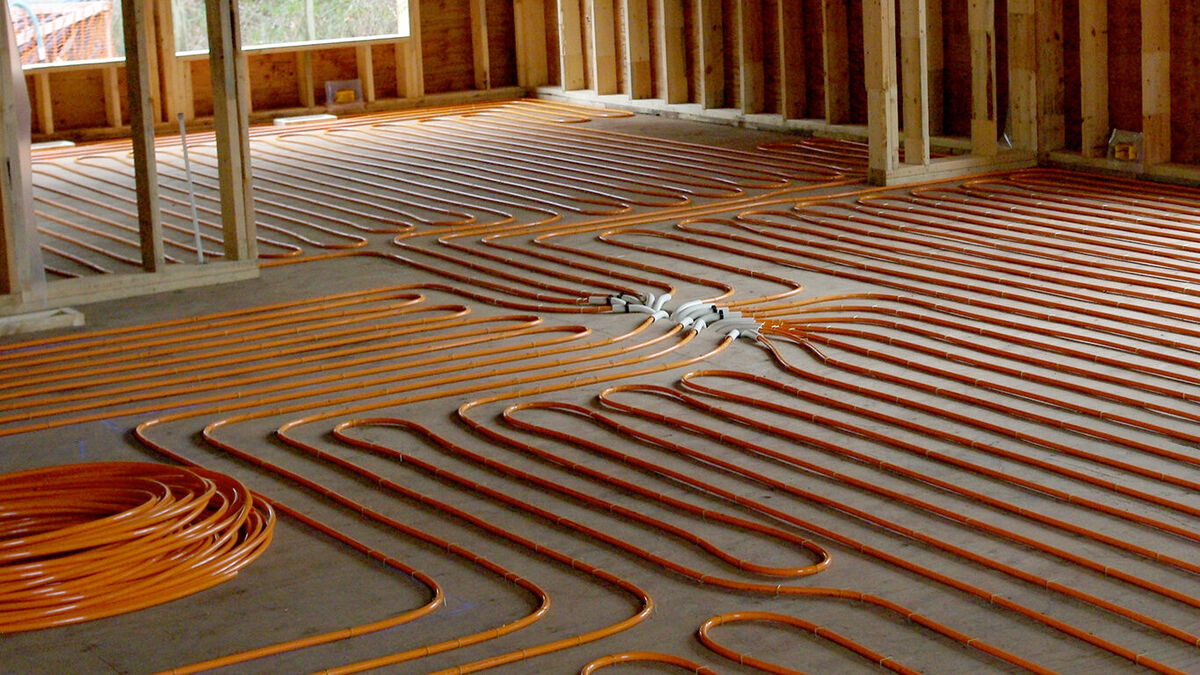
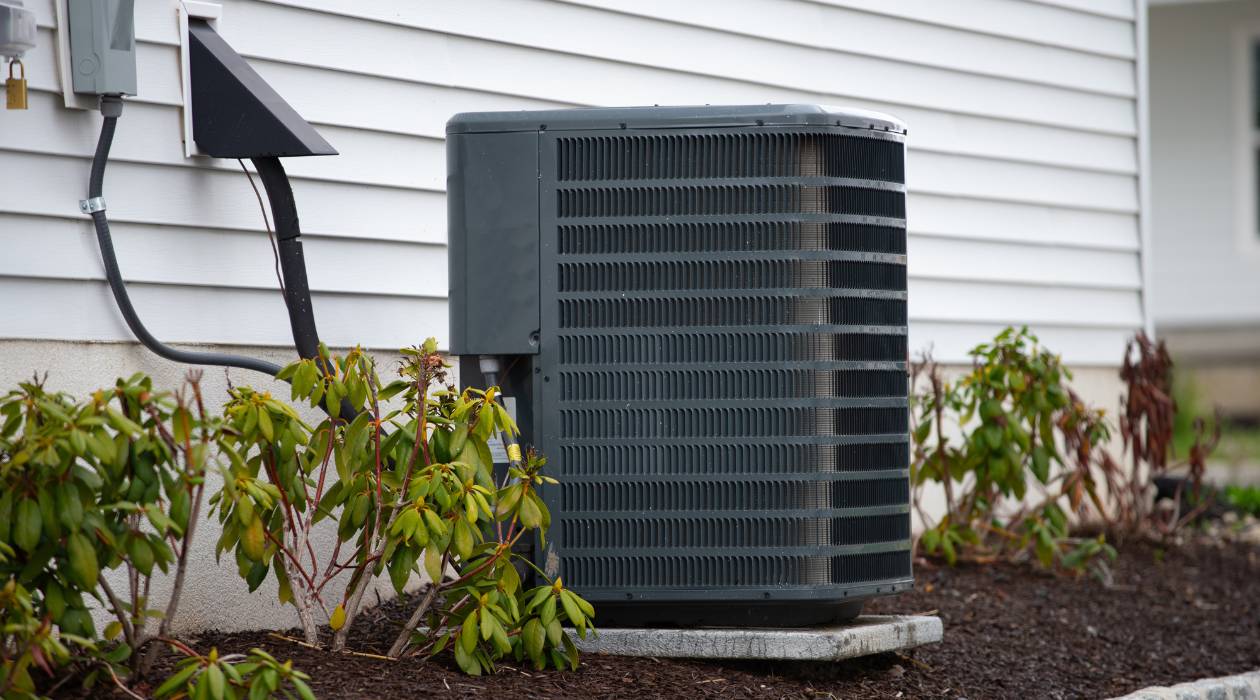

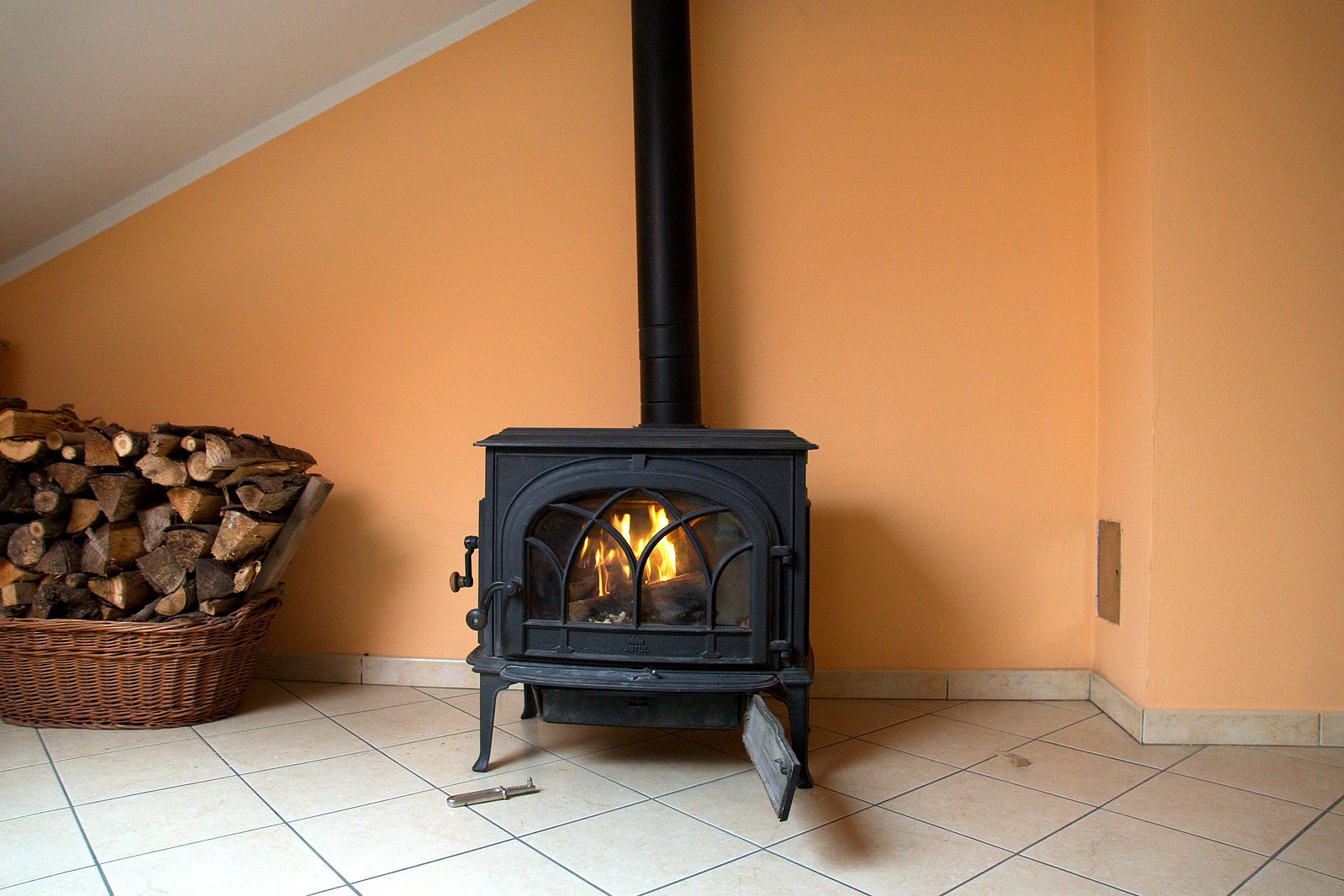


0 thoughts on “How To Design A Heat Recovery Ventilation System”